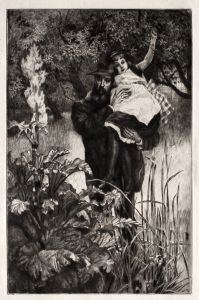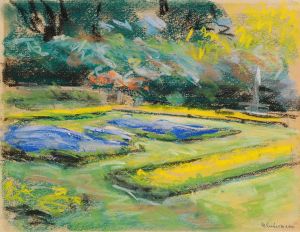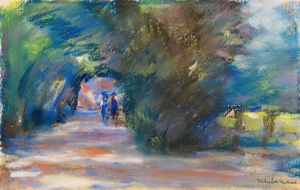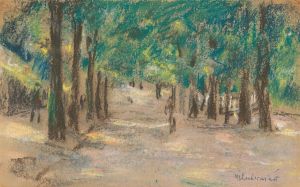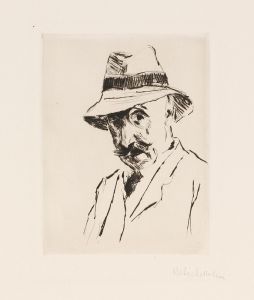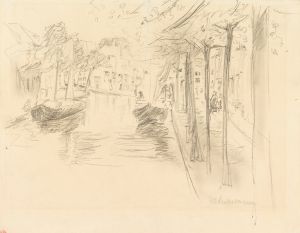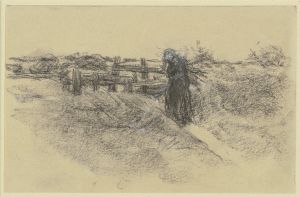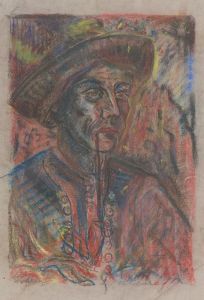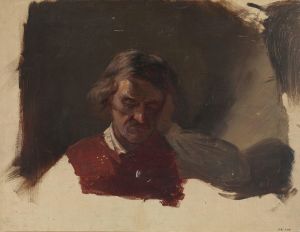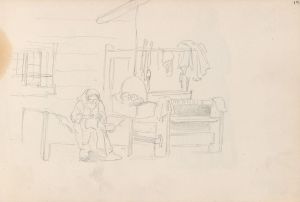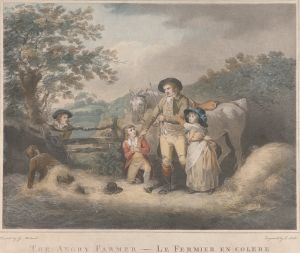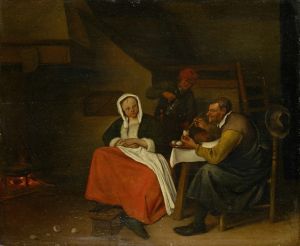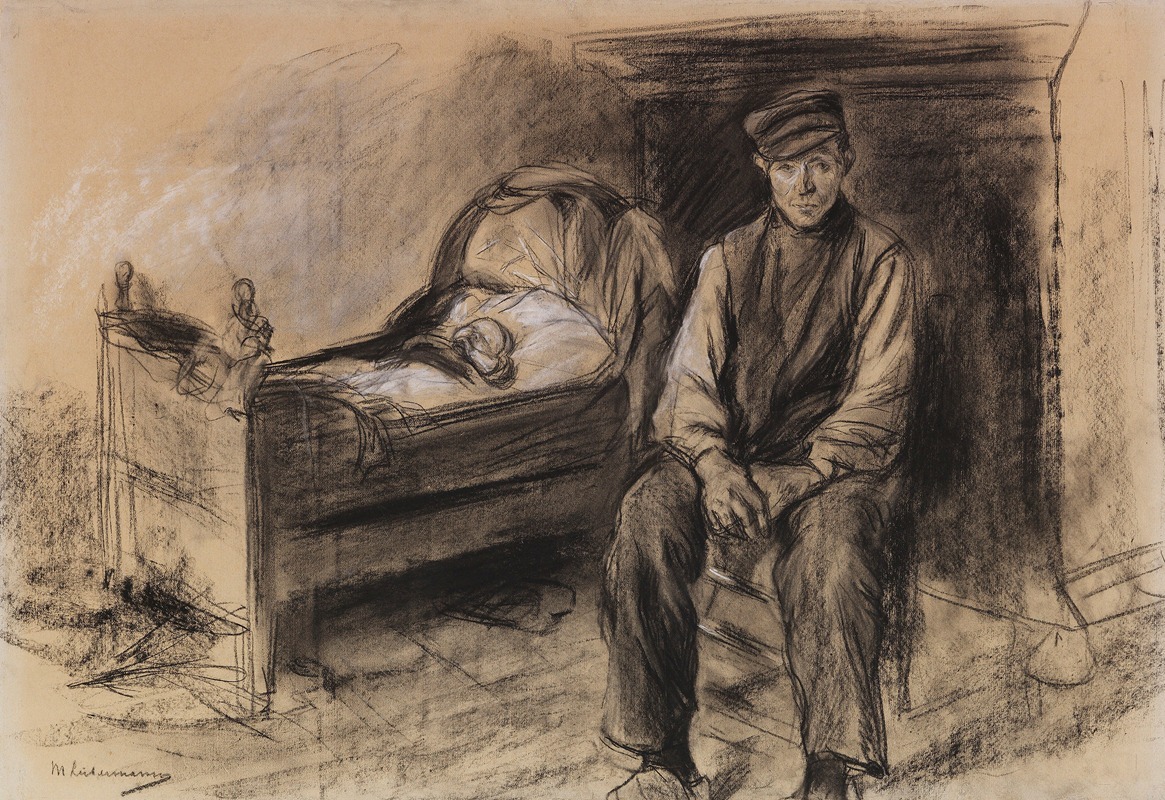
Bauer an der Wiege – Der Witwer
A hand-painted replica of Max Liebermann’s masterpiece Bauer an der Wiege – Der Witwer, meticulously crafted by professional artists to capture the true essence of the original. Each piece is created with museum-quality canvas and rare mineral pigments, carefully painted by experienced artists with delicate brushstrokes and rich, layered colors to perfectly recreate the texture of the original artwork. Unlike machine-printed reproductions, this hand-painted version brings the painting to life, infused with the artist’s emotions and skill in every stroke. Whether for personal collection or home decoration, it instantly elevates the artistic atmosphere of any space.
Max Liebermann was a prominent German painter and printmaker, associated with the Impressionist movement. He was one of the leading figures in the Berlin Secession and played a significant role in the development of modern art in Germany. His works often depicted scenes of everyday life, capturing the essence of the people and their environments with a keen eye for detail and a subtle use of color and light.
"Bauer an der Wiege – Der Witwer" is one of Liebermann's paintings that exemplifies his interest in rural and domestic scenes. The title translates to "Farmer at the Cradle – The Widower," suggesting a narrative that combines themes of family, loss, and the cycle of life. The painting likely portrays a poignant moment in the life of a farmer who is both nurturing and mourning, reflecting Liebermann's ability to convey deep emotional resonance through his art.
Liebermann's technique in this painting, as in many of his works, would have involved a loose brushwork style characteristic of Impressionism, allowing him to capture the fleeting effects of light and atmosphere. His color palette often included earthy tones, which would have been suitable for depicting a rural setting. The composition likely focuses on the interaction between the figures and their environment, emphasizing the emotional connection between the farmer and the cradle.
Throughout his career, Liebermann was known for his ability to depict the human condition with empathy and realism. His works often explored themes of work, leisure, and family life, making them relatable to a broad audience. "Bauer an der Wiege – Der Witwer" fits within this context, as it likely addresses universal themes of life and loss, resonating with viewers on a personal level.
Liebermann's contribution to art extended beyond his paintings. As a leader of the Berlin Secession, he advocated for artistic freedom and innovation, challenging the conservative norms of the German art establishment at the time. His efforts helped pave the way for future generations of artists and solidified his legacy as a pioneer of modern art in Germany.
Despite the challenges he faced during his lifetime, including the rise of the Nazi regime and its impact on his career and personal life, Liebermann's work continues to be celebrated for its technical skill and emotional depth. "Bauer an der Wiege – Der Witwer" remains an example of his ability to capture the complexities of human experience through the medium of paint.
In summary, Max Liebermann's "Bauer an der Wiege – Der Witwer" is a testament to his skill as an artist and his interest in the themes of everyday life. Through his Impressionist style, Liebermann was able to convey the emotional nuances of his subjects, making his work enduringly relevant and appreciated in the history of art.





